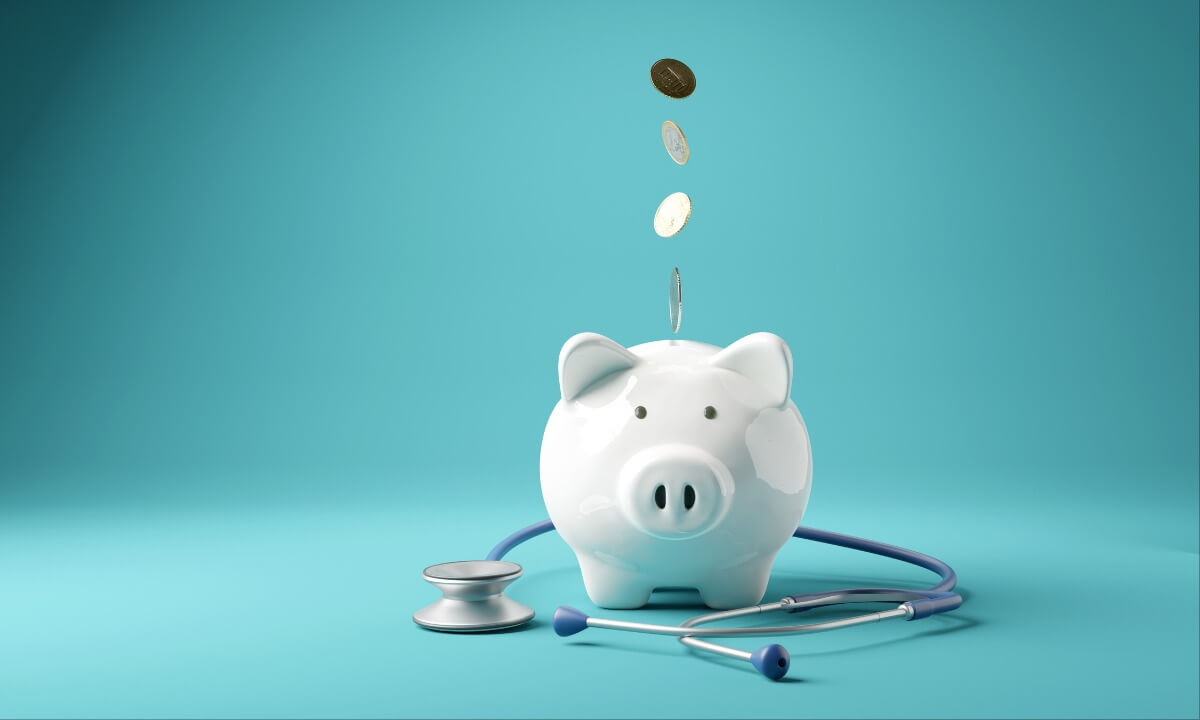Telehealth appointments offer practices and specialty offices a valuable alternative to traditional in-office care. For certain appointment types like check-ins and consultations, virtual care visits give patients and providers greater flexibility and increased patient access, and they can help patients overcome distance and transportation barriers.
However, collecting patient payments at telehealth services can be difficult. Let’s face it; it’s much easier to collect copays during face-to-face office visits than it is during remote video chat or phone visits with patients. Collecting payments has always been an uphill battle for practices, and telehealth has only added to the complexity.
Let’s take a look at some of the hurdles practices face collecting copays for telemedicine appointments, some tips for increasing your collection rates, and best practices on optimal timing for billing patients. By tweaking your process and leaning on technology, you can ensure patients have a seamless payment experience while positioning your practice to get paid faster and more efficiently.
Why is collecting copays for telehealth appointments more difficult?
Getting copays in the physician’s office is typically a cinch. There’s a built-in expectation of payment for services and you’ve got several opportunities in the workflow to collect payment. You can receive copays during check-in or when patients complete patient information and insurance forms during electronic intake.
But when a patient participates in care remotely, things can get a little tricky. Patients are often occupied with the technical aspects of connecting for the call and meeting with the provider. Plus, they may not have forms of payment readily accessible during the call. Similarly, providers and staff are busy coordinating the logistics of the visit to ensure patients have a smooth and worry-free experience. Often, there’s simply neither time nor a natural opportunity during the appointment to collect copays.
Taking down credit card information over the phone or a video chat is also problematic. American Express and other credit card companies have strict rules for “card not present” transactions. Having staff members jot down credit card details over the phone or via video chat can lead to payment errors if the information is misheard or keyed in incorrectly.
To top it off, it’s not like you can just collect copayments at patients’ next in-office visit. A recent study found that 61% of patients using telehealth for primary care visits didn’t need to see their doctor in person within the next 90 days.
How can I increase the chances of patients making their copays for telehealth visits?
You can increase your collection rates and get faster payments by adhering to these proven guidelines:
- Educate patients about the payment process
- Make it easy and convenient for patients to pay
- Offer payment plans
- Give patients self-service digital payment options like secure payments on your practice website, patient portal, or with a digital payment tool
- Make net collection rate a key performance indicator (KPI) and track it
When is it best to collect copays and other payments for telehealth appointments?
The short answer is it depends. With a digital payment reminder tool, you can send patients a text message or email immediately after the appointment to remit their telehealth copay online. Patients just click on the secure link in the reminder message to pay their balance with a debit, credit, or health savings account card.
It’s also important to remember that many of your patients won’t have copays because they’re on high-deductible insurance plans. Recent research shows that 55.7% of American private-sector employees were enrolled in high-deductible plans.
Best practice is to collect patient payment after the claims have been submitted and reimbursed by the insurance company. However, this can be impractical. Though many practices still send patients paper billing statements, they’re often misplaced, confusing, and can lead to lengthy delays in receiving funds in your accounts receivable.
Most patients would prefer to avoid the extra step of making a payment by phone or sending it in via snail mail.
It’s much easier and more convenient for patients to make direct electronic payments toward their balances since it’s how they already make payments for most goods and services. The best part is your practice gets paid quicker and more efficiently, helping you recoup more outstanding balances to increase your revenue stream.
Key Takeaways
Take the fuss out of collecting copays for telehealth appointments with a digital payment reminder tool. This solution allows you to send payment reminders to patients following their virtual care visit or at any time of your choosing. Ensure you get paid while offering patients a more streamlined payment experience by making it quick, easy, and convenient. You’ll collect more payments and outstanding balances while increasing your monthly revenue to grow your practice.

To learn more about how to streamline your workflow for both in-office and telehealth appointments, download the guide, “The Perfect Appointment Workflow: A Path to Improved Patient Outcomes and Increased Revenue.”
Read the Guide


